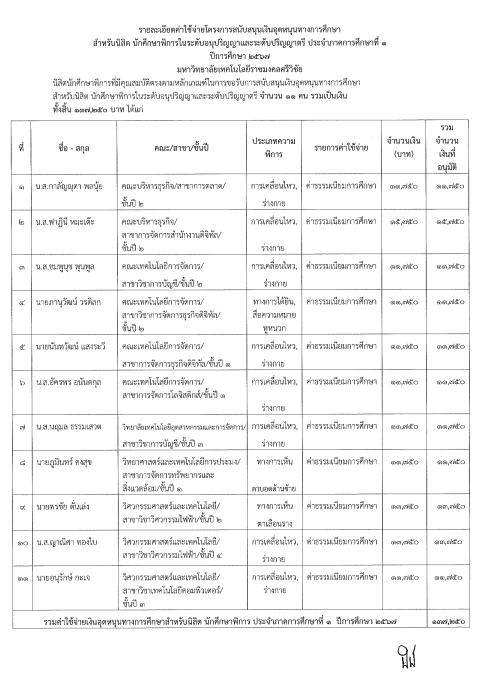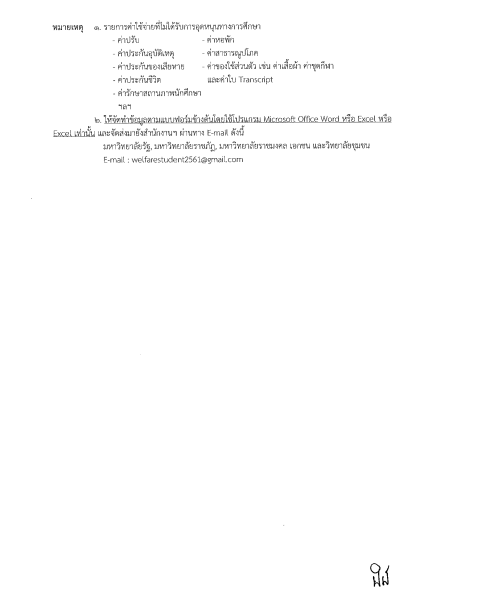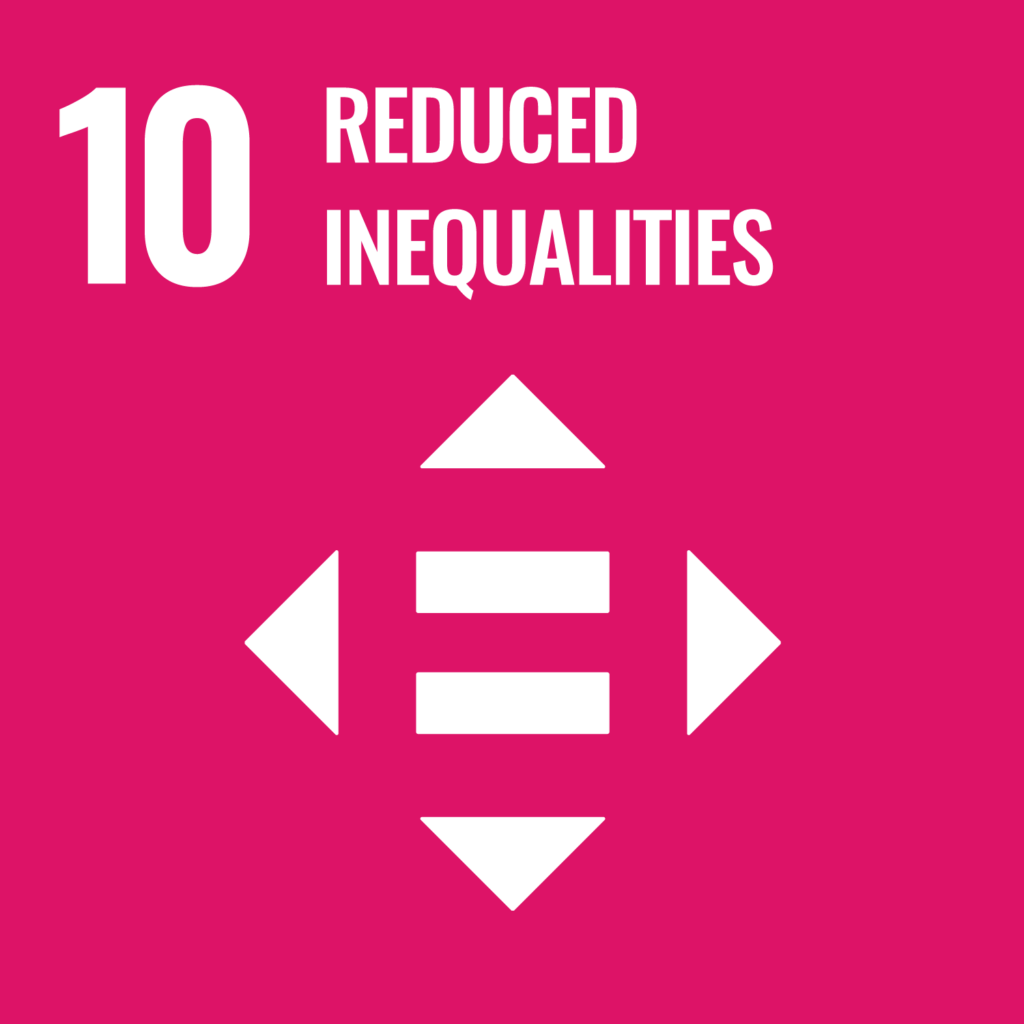Reporters: Mr.Phusana Polsongkram, Assistant professor Arthit Sutjasen, Mrs.Suchada Jeensuksang
Evidence Date: January 2024 – December 2024
Related Indicators: 10.6.2
Details:
Supporting students with disabilities is crucial for creating an inclusive, equitable, and enriching university environment. Serving these students benefits both the individuals and the broader campus community. Rajamangala University of Technology Srivijaya is aware of providing educational opportunities for students with disabilities and supporting university students with disabilities is an ongoing commitment to ensure they have equal access to education and can thrive academically. It requires collaboration among various faculties or departments within the university to create an essential welcoming and providing an inclusive and equitable academic education. Also, it is to create an environment that accommodates the diverse needs of all students, including those with disabilities.
Rajamangala University of Technology Srivijaya promotes education for disabled students to receive equal educational rights as the general public and supports education for disabled students in accordance with the law on education for disabled persons by virtue of Section 14 of Rajamangala University of Technology Srivijaya regulations on providing education for students with disabilities and supporting education for students with disabilities A.D. 2019. The university offers admission quotas for students with disabilities across all faculties and created an admissions system for the student to facilitate recruitment. The system will require students to choose to specify their disability and explain the details in order to inform the university of the details so that the university can consider appropriateness and provide facilities for further equality.
In this academic year 2024, eleven students are successfully admitted to the university: eight students with mobility impairments, two students with visual impairment and a student with hearing impairment. These students are respectively provided thorough support and monitoring to ensure appropriate accommodations to maintain equality with other students. For example, the wheelchair-using student with mobility impairment is provided accommodations for accessibility entrance to the classrooms. Regarding academic matters, the student has close support from classmates, demonstrates confidence in self-expression, performs well in class presentations, and actively participates in learning activities. The student does not feel any sense of inequality.






